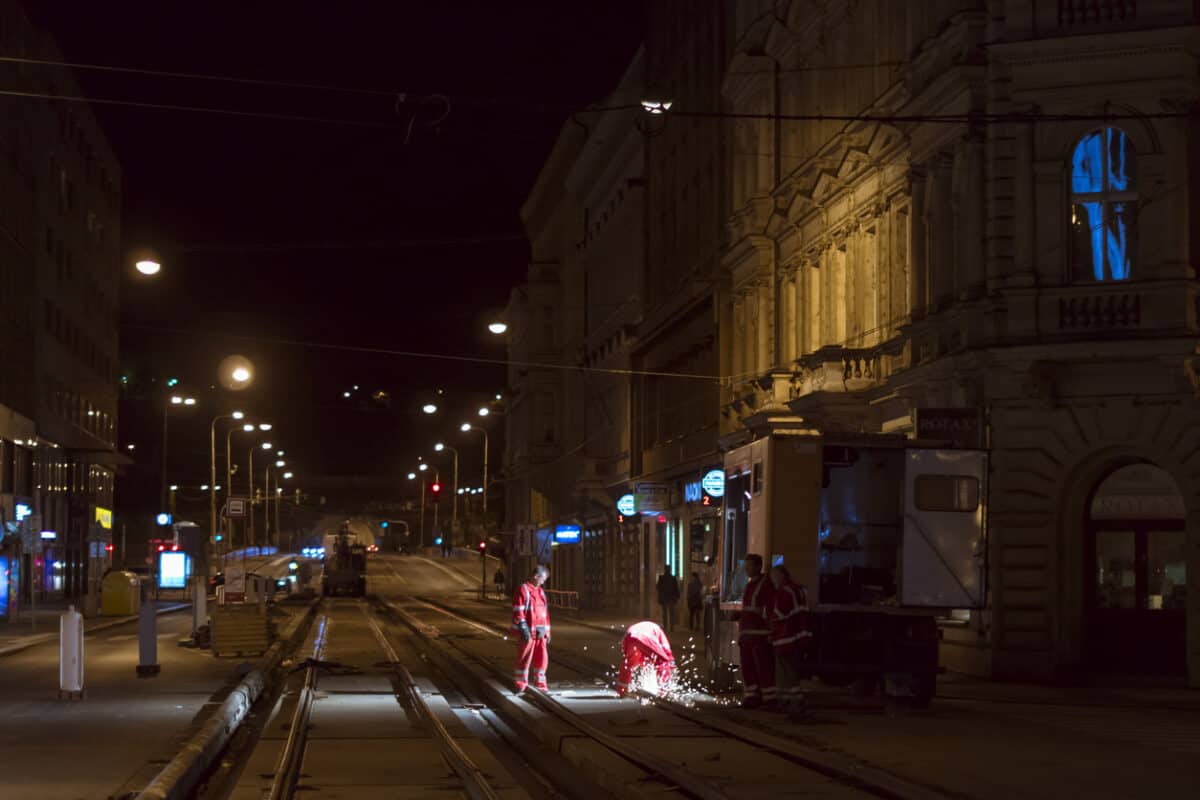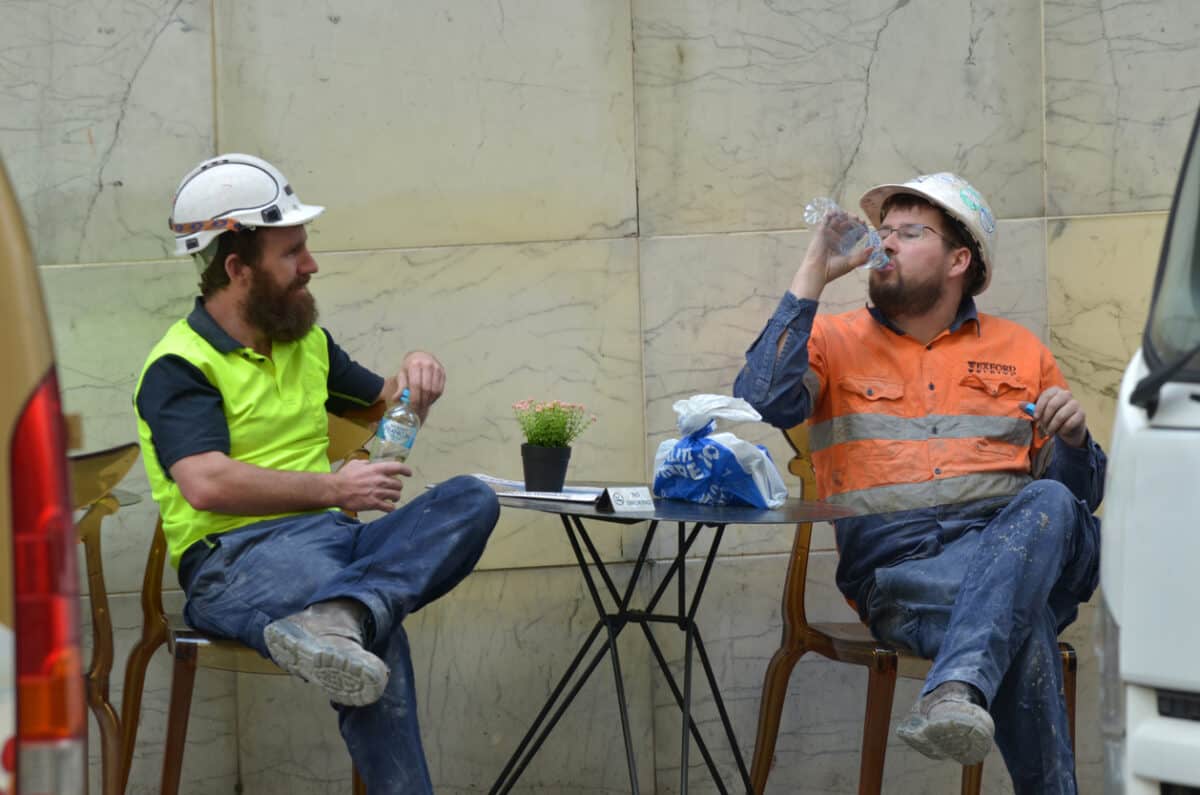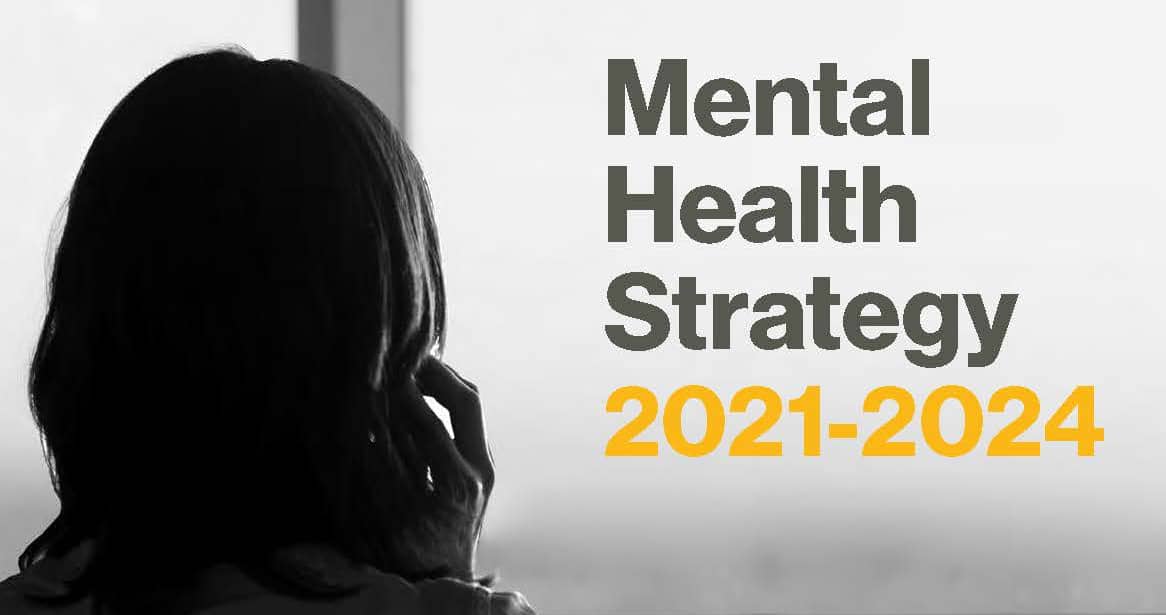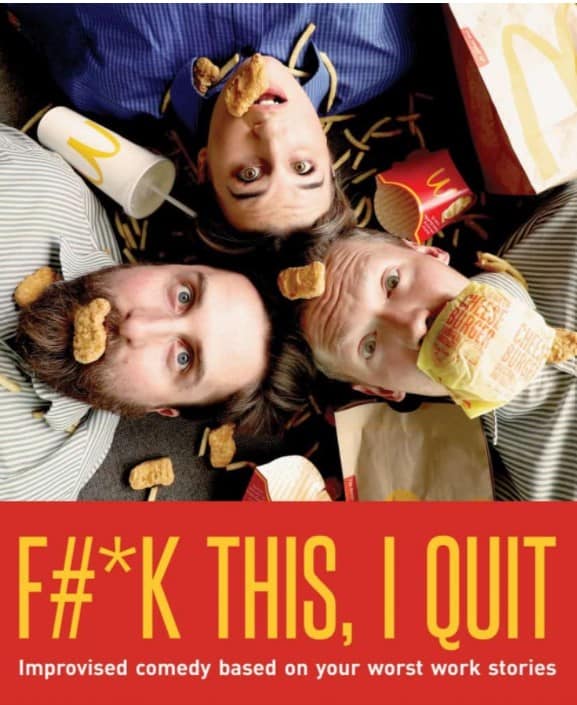Is it time that we reassessed night shift work through the occupational health and safety (OHS) lens?
In 2022 Dr Lin Shen and Dr Tracey Sletten of Monash University will be starting a research study, supported by the National Health and Medical Research Council, to
“… examine the role of light in the response to shift work and to help develop more individual recommendations for light exposure to improve the management of shift work”.
Shen and Sletten are looking for companies willing to participate. Contact details are available in the Research Project Proposal.
This article is not a criticism of the research project but uses some comments in the proposal as a catalyst for a discussion about the health and safety of night shift work.







